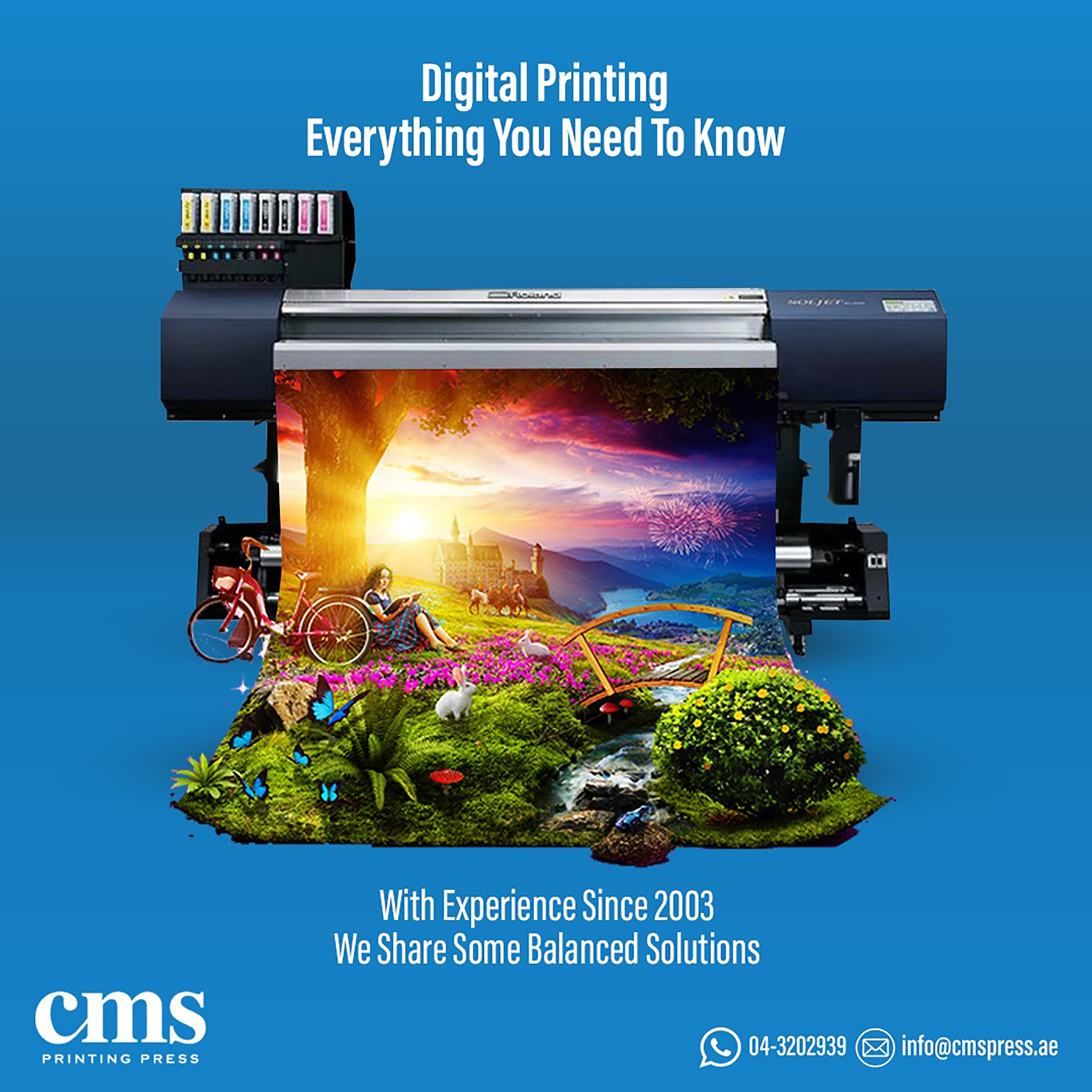Understanding Exactly How Digital Printing Changes the Printing Sector
The printing market, long steeped in conventional methods, is undertaking a radical improvement with the arrival of digital printing. This cutting-edge innovation, which shuns the need for printing plates, allows quick manufacturing and customization, reshaping the landscape of print interaction. With its possible to stimulate engagement through customized web content and to offer sustainable options, it's clear that electronic printing is more than a technological innovation; it's a pivotal game changer. Just how precisely does it revolutionize the market? Allow's explore.
The Development of Digital Printing: A Short Summary
Considering that its inception, electronic printing has undertaken considerable transformations, continually transforming the printing sector. With the introduction of the 90s, electronic printing technology began to grow, and the industry observed the introduction of direct imaging presses, which removed the demand for printing plates. As the brand-new millennium unfolded, developments in innovation even more spurred the development of electronic printing, leading to the creation of high-speed inkjet printers.

Unboxing the Innovation Behind Digital Printing
Exploring the ins and outs of digital printing modern technology, one experiences an abundant tapestry of sophisticated machinery and facility algorithms. At the heart of this procedure lies an electronic picture, which is refined by software application that divides it right into a grid of dots. These dots are then exchanged a digital code. This code is analyzed by the printer, which uses it to specifically deposit beads of ink onto the substrate. The beads are so small and specific that they produce a photo that is basically equivalent from the initial. This complex system, bolstered by sophisticated software and high-resolution imaging, has actually changed the landscape of the printing market, leading the more tips here way for unprecedented levels of detail and precision.

The Benefits of Digital Printing for Services
Recognizing the modern technology behind electronic printing supplies a clear image of its accuracy and information. Digital printing is ecologically friendly, using much less ink and generating much less waste. The complete capacity of digital printing is recognized when utilized for modification and customization, a subject that will certainly be this post covered in deepness in the following area.
The Duty of Digital Printing in Modification and Personalization
While conventional printing methods have problem with modification and personalization, electronic printing stands out in these areas. It permits for the very easy modification of designs, without the need for pricey and lengthy plate modifications (print on demand). This allows companies to customize products to individual consumers, conference particular needs and boosting client contentment
Digital printing also enables variable data printing, where components such as text, graphics, and photos may be altered from one published piece to the following, without decreasing the printing procedure. This my explanation is particularly beneficial for direct advertising and marketing campaigns, where customized messaging can dramatically improve action prices. This way, electronic printing not just revolutionizes the printing market however additionally transforms the way companies connect with their consumers.
Analysing the Environmental Effect of Digital Printing
Although digital printing has been admired for its duty in customization and personalization, it is critical to examine its environmental impact. Digital printing can be less wasteful than standard approaches, due to the fact that it operates a 'print as needed' basis, eliminating the need for big print runs that can lead to surplus and waste. Furthermore, it utilizes less chemicals and generates much less unpredictable organic compounds (VOCs) compared to offset printing. However, the energy usage of digital printers can be high, resulting in enhanced carbon footprint. The usage of non-recyclable printing components and the difficulty of e-waste administration present considerable ecological worries. Consequently, while electronic printing has lots of advantages, its environmental impact must be conscientiously managed.
Verdict
In conclusion, electronic printing has transformed the printing industry, using rapid, cost-efficient, and high-grade options - print on demand. Recognizing these changes is vital for organizations to leverage the benefits of digital printing successfully.